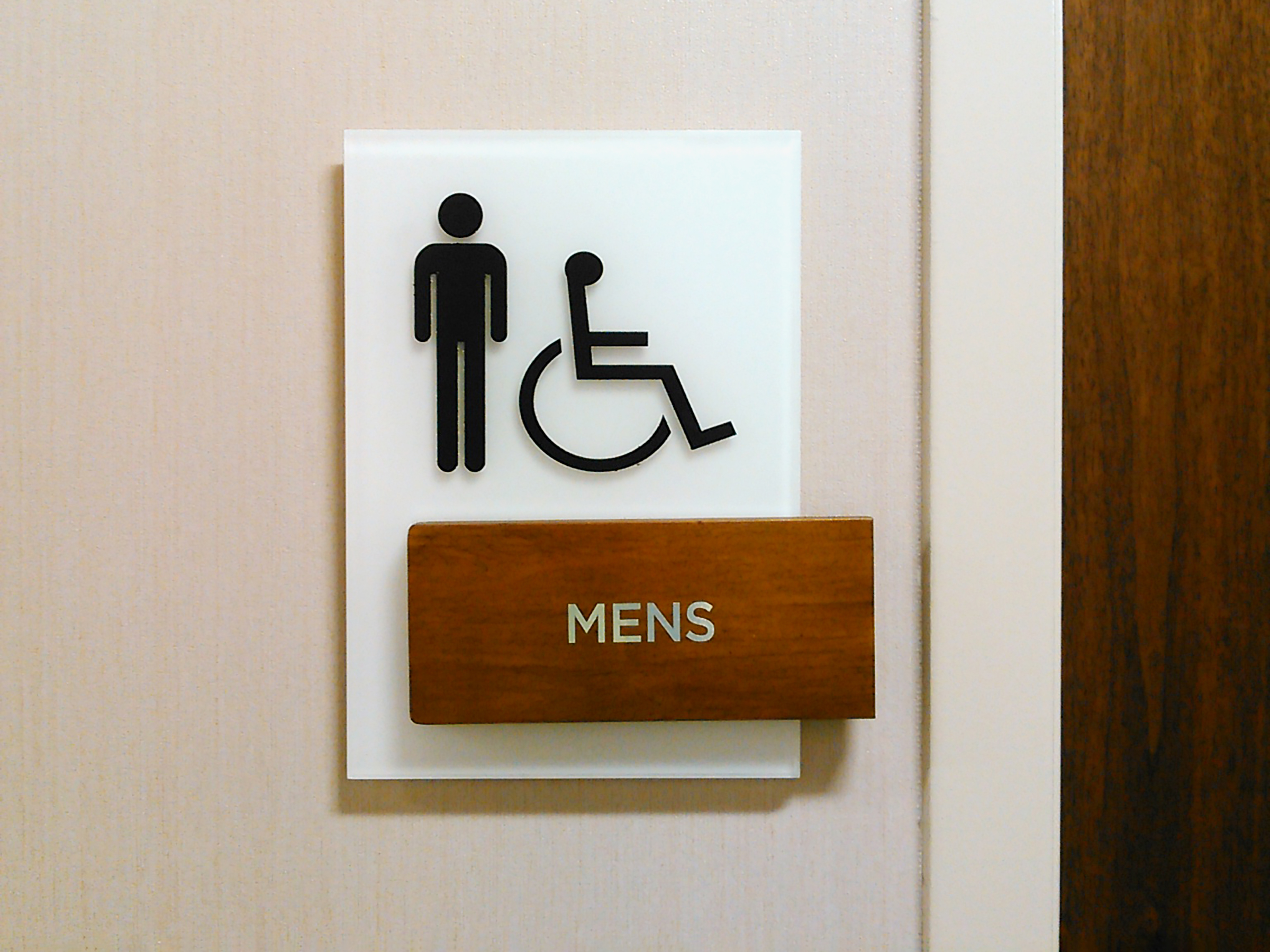Discovering the Key Features of ADA Signs for Enhanced Accessibility
In the world of accessibility, ADA indicators offer as silent yet effective allies, guaranteeing that rooms are inclusive and accessible for people with impairments. By incorporating Braille and tactile elements, these indicators break obstacles for the aesthetically impaired, while high-contrast shade schemes and readable typefaces cater to varied aesthetic requirements.
Importance of ADA Compliance
Making certain compliance with the Americans with Disabilities Act (ADA) is vital for fostering inclusivity and equivalent accessibility in public rooms and workplaces. The ADA, passed in 1990, mandates that all public centers, companies, and transport solutions accommodate individuals with specials needs, guaranteeing they take pleasure in the same rights and chances as others. Conformity with ADA criteria not only satisfies lawful commitments but also boosts a company's credibility by demonstrating its commitment to diversity and inclusivity.
One of the essential aspects of ADA conformity is the application of easily accessible signage. ADA signs are made to make sure that people with specials needs can easily browse with spaces and structures.
In addition, sticking to ADA guidelines can reduce the risk of lawful consequences and prospective fines. Organizations that fall short to abide with ADA guidelines might deal with lawsuits or charges, which can be both monetarily difficult and damaging to their public photo. Thus, ADA conformity is essential to fostering a fair environment for everybody.
Braille and Tactile Elements
The incorporation of Braille and responsive elements into ADA signs embodies the principles of accessibility and inclusivity. It is normally placed below the matching message on signage to make sure that people can access the information without visual support.
Tactile elements extend past Braille and consist of increased signs and characters. These components are designed to be discernible by touch, allowing individuals to identify room numbers, bathrooms, leaves, and other important locations. The ADA establishes details standards relating to the dimension, spacing, and positioning of these tactile aspects to maximize readability and make sure uniformity across different environments.

High-Contrast Shade Plans
High-contrast color plans play a critical duty in enhancing the presence and readability of ADA signage for people with visual impairments. These plans are vital as they make best use of the difference in light reflectance in between text and history, making sure that signs are conveniently discernible, also from a distance. The Americans with Disabilities Act (ADA) mandates the usage of specific shade contrasts to suit those with restricted vision, making it a crucial element of conformity.
The effectiveness of high-contrast shades hinges on their capability to stand out in different lights conditions, including poorly lit environments and locations with glow. Normally, dark text on a light history or light message on a dark background is used to attain optimal contrast. For example, black text on a white or yellow history offers a stark visual distinction that aids in quick recognition and understanding.

Legible Fonts and Text Dimension
When taking into consideration the design of ADA signs, the option of clear typefaces and suitable message size can not be overstated. These aspects are crucial for making sure that indications are obtainable to individuals with you could try these out visual impairments. The Americans with Disabilities Act (ADA) mandates that fonts must be sans-serif and not italic, oblique, manuscript, highly attractive, or of unusual type. These demands assist ensure that the text is conveniently understandable from a distance and that the characters are appreciable to diverse target markets.
According to ADA guidelines, the minimal message elevation need to be 5/8 inch, and it ought to increase proportionally with watching distance. Uniformity in text size contributes to a natural visual experience, assisting people in navigating settings efficiently.
Moreover, spacing in between letters and lines is important to readability. Appropriate spacing protects against characters from appearing crowded, enhancing readability. By sticking to these requirements, designers can considerably boost accessibility, ensuring that signage serves its intended purpose for all people, no matter of their visual abilities.
Efficient Placement Approaches
Strategic placement of ADA signs is necessary for making best use of ease of access and guaranteeing compliance with lawful criteria. Effectively located signs direct individuals with specials needs efficiently, promoting navigation in public spaces. Key factors to consider include elevation, closeness, and presence. ADA standards specify that indicators should be placed at a height in between 48 to 60 inches from the ground to guarantee they are within the line of sight for both standing and seated individuals. This common height variety is essential for inclusivity, making it possible for wheelchair customers and individuals of differing elevations to gain access to information effortlessly.
Additionally, indicators need to be placed surrounding to the lock side of doors to allow easy recognition prior to access. Consistency in indicator positioning throughout a facility boosts predictability, reducing confusion and boosting overall individual experience.

Final Thought
ADA indicators play an essential duty in advertising access by incorporating attributes that attend to the requirements of individuals with Full Article specials needs. These aspects jointly cultivate a comprehensive atmosphere, highlighting the significance of ADA compliance in making certain equivalent accessibility for all.
In the world of availability, ADA indications serve as silent yet effective allies, making certain that rooms are inclusive and accessible for people visit their website with impairments. The ADA, established in 1990, mandates that all public centers, employers, and transportation solutions fit individuals with handicaps, guaranteeing they appreciate the same civil liberties and chances as others. ADA Signs. ADA indications are designed to make certain that people with specials needs can easily browse with rooms and buildings. ADA standards state that signs must be installed at an elevation between 48 to 60 inches from the ground to guarantee they are within the line of sight for both standing and seated people.ADA signs play an essential duty in promoting accessibility by incorporating functions that address the requirements of individuals with disabilities